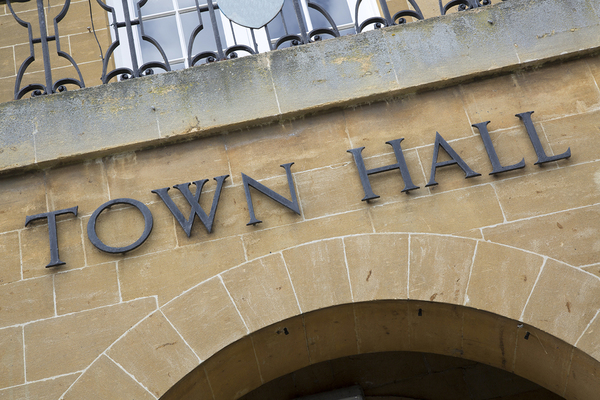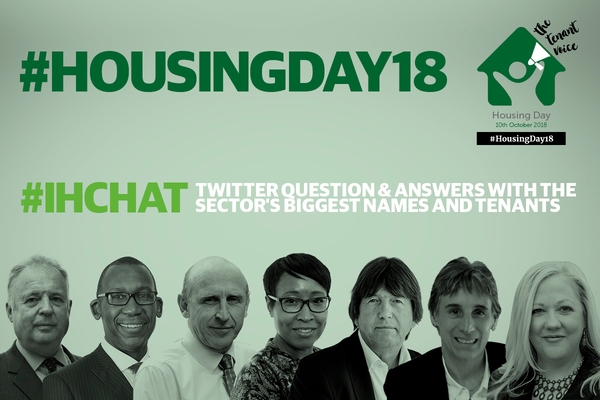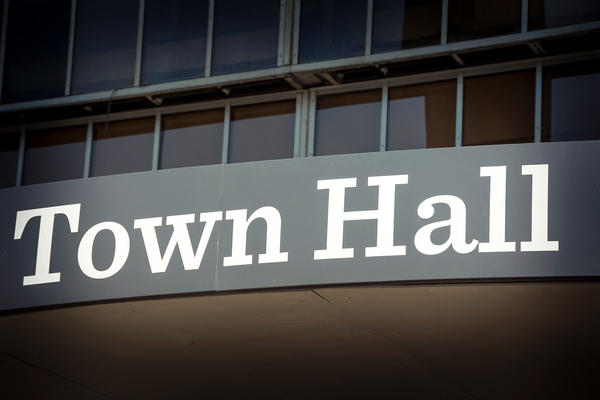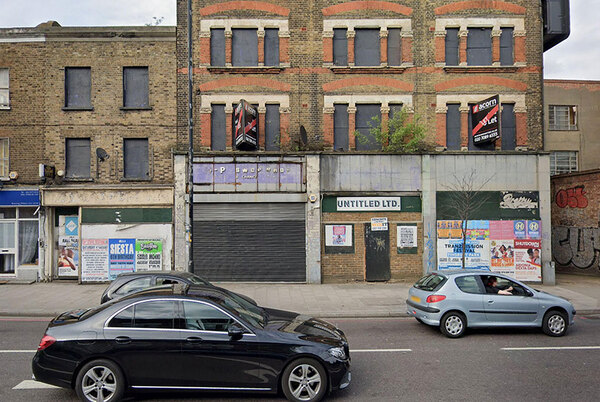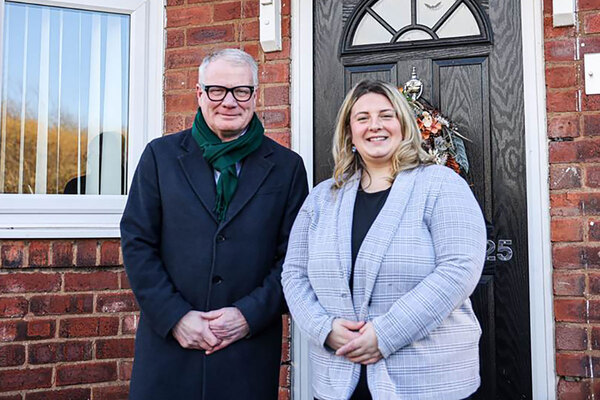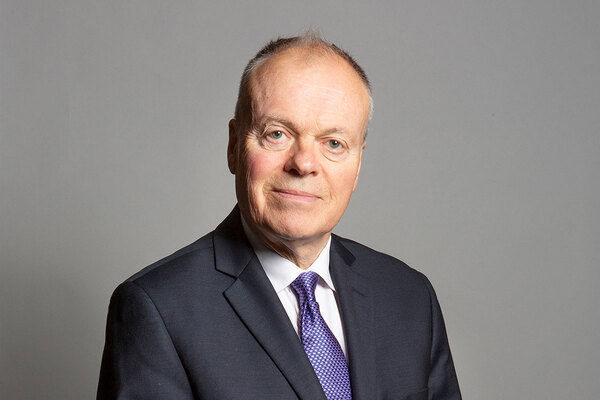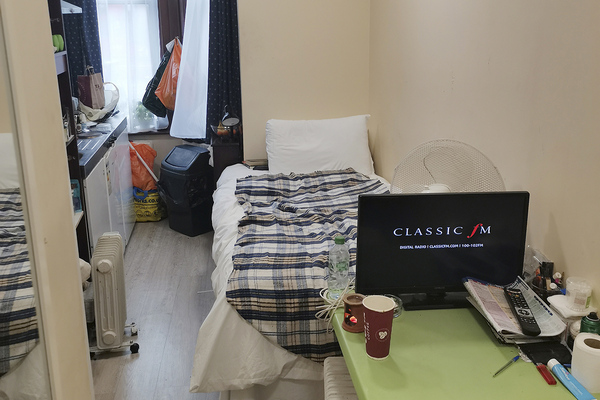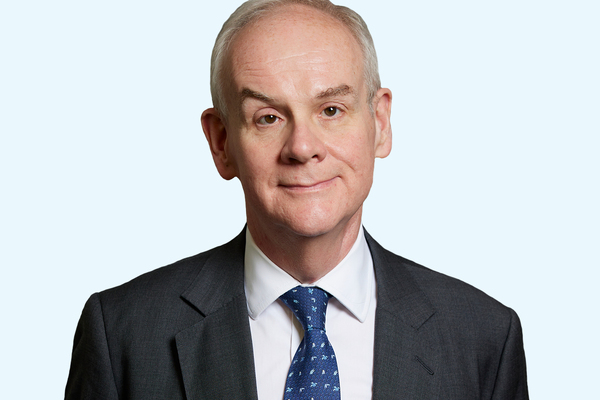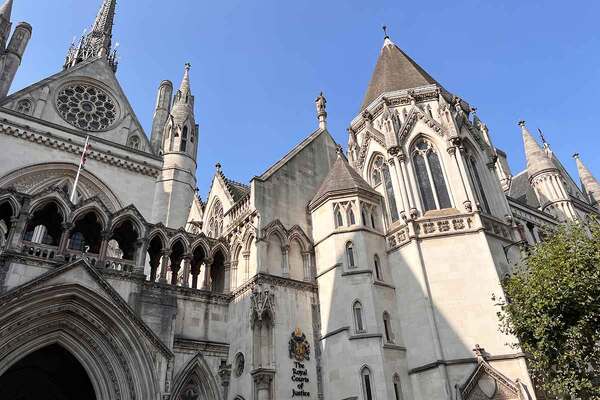Existing council tenants should not bear the costs of new building
Theresa May’s decision to scrap the council borrowing cap has been welcomed, but it is no substitute for grant and could leave tenants facing extra costs, writes Martin Wicks
Theresa May’s announcement that the government is going to end the borrowing cap for local authority Housing Revenue Accounts (HRAs) has been widely welcomed. However, the idea that this will enable councils to build once again on a large scale is fanciful.
Collectively all the councils with HRAs have £26bn of debt which they have to service already.
Local government financial statistics for 2017-18 show that debt and interest charges use up 25% of HRA income.
Extra debt will cost more to service.
True, extra homes will bring in more rent, though with the Right to Buy still in place this can be quickly lost.
As a result of the under-funding of HRAs they have insufficient money to maintain and renew existing stock.
“The danger in taking on extra debt is that the cost of servicing it will eat into the depleted resources.”
The 2012 ’debt settlement’ was based on an assessment of income over the 30 years of their business plans which is far out of sync with what they are actually collecting.
The four-year rent cut and the ’enhanced Right to Buy’ are responsible for councils taking in hundreds of millions of pounds less that estimated in 2012.
Some councils are so under-resourced that they are paying off none of the loans foisted on them in 2012 – only the interest.
This is why many of them have been reluctant to take on more debt when the government has offered it in a bidding process.
The danger in taking on extra debt is that the cost of servicing it will eat into the depleted resources which HRAs have and impact on work on existing stock.
As we have argued before, the debt settlement of 2012 should be reopened because much of it is fictitious.
Who pays for servicing of the debt? Council tenants through their rent. We could now face a double blow.
The government is proposing to reinstate Consumer Price Index plus 1% for five years at least. So tenants could face years of above-inflation rent increases and now, potentially, less resources available to renew key components of our housing, such as bathrooms, kitchens, roofs, boilers etc.
In England fewer than 2,000 council homes were completed in 2017-18.
How many would the ending of the borrowing cap enable council’s to build? The Chartered Institute of Housing suggested in 2012 that lifting the cap would result in 75,000 extra homes over five years, but as its chief executive Terrie Alafat points out that was before the introduction of the rent cut and increased discounts for the Right to Buy.
The Ministry of Housing, Communities and Local Government suggests an extra 10,000 a year. Yet this would not even replace the homes currently lost to Right to Buy (11,465 in 2017-18) and demolitions (averaging 3,000 a year since 2010). A figure of 15,000 would only produce a standstill position.
The Chartered Institute of Housing has called for the suspension of the Right to Buy.
The recent Labour Party conference went further, passing a resolution calling for the ending of it, in contrast with Labour’s policy of suspending it. Ending it is crucial if we are to begin increasing council housing stock.
“Existing tenants should not bear the cost of new building through above-inflation rent increases.”
If the funding of housebuilding is overwhelmingly based on HRA borrowing, rather than being supported by government grant, then existing tenants are not only funding the cost of maintaining and renewing their own homes, but the cost of building new ones.
Existing tenants should not bear the cost of new building through above-inflation rent increases and deteriorating living conditions.
When Ms May announced an extra £2bn for “affordable homes” last year the then-Department for Communities and Local Government suggested this might help to build 25,000 social rent homes with a grant of £80,000 per unit.
With that level of grant, building 50,000 council homes a year would cost £4bn, and £8bn for 100,000.
This is the sort of level of grant that will be required to seriously address the housing crisis and open the way to large-scale building programmes.
Martin Wicks, secretary, Swindon Tenants Campaign Group
#IHchat programme on #HousingDay18
Inside Housing's #IHchat programme of Twitter Q&As for Housing Day on Wednesday, 10 October:
8am – 8.45 Introduction to #HousingDay18
- Leslie Channon, #HousingDay18 organiser and tenant of Cottsway Housing Association @LeslieChannon
Chair: Carl Brown, Inside Housing
9am - 9.45am How do we strengthen the tenant voice?
- Terrie Alafat , chief executive, Chartered Institute of Housing @TerrieAlafatCIH
- Nic Bliss, head of policy, Confederation of Co-operative Housing @nicblisscch
- Sharon Hayward, co-ordinator, London Tenants Federation @Londontenants
- Catherine Little, executive housing director, Broadland Housing Group @Catherine_BHG
- Louise Thompson, head of business services, Tpas @tpasLouise
Chair: Martin Hilditch, Inside Housing
10am - 10.45am The challenge for councils
- Lord Porter, chair of the Local Government Association @garyporterlga
- Joanne Roney, chief executive, Manchester City Council @joanneroney
Chair: Nathaniel Barker, Inside Housing
11am - 11.45am Improving services for residents
- Nick Atkin, chief executive, Halton Housing Trust @nickatkin_hh
- Oliver Harling, voids supervisor, ForWorks, tenant and winner of Rising Stars 2018 @oliverharling_h
- Amy Nettleton, assistant development director sales and marketing, Aster Group @amynettleton1
- Boris Worrall, chief executive, Rooftop Housing Group @BorisJWorrall
Chair: Luke Barratt, Inside Housing
12am - 12.45am Inclusive Futures
- Steve Douglas, co-chief executive, Altair @Steve_Altair
- Elly Hoult, programme director, Notting Hill Genesis @HoultElly
- Tom Murtha, former housing association chief executive and campaigner @tomemurtha
Chair: Emma Maier, Inside Housing
1pm – 1.45am How do we combat stigma?
- Rachel Broady, journalist and author of Fair Press for Tenants @RachelBroady
- Victoria Dingle, tenant board member, Soha Housing @victoria_dingle
- Michael Newey, chief executive, Broadland Housing Group @MichaelNeweyBHG
- Paul Taylor, innovation coach, Bromford @PaulBromford
Chair: Carl Brown, Inside Housing
2pm - 3pm Creating social value through job creation (sponsored by LHC)
- Mark Henderson , chief executive, Home Group @MarkGHenderson
- Geraldine Howley, chief executive, Incommunities
- Nigel Williams, chief commerical officer, LHC @LHCprocurement
Chair: Maria Shahid, Inside Housing
3.30pm - 4.15pm Housing and Labour
- John Healey, shadow housing secretary @JohnHealey_MP
Chair: Pete Apps, Inside Housing
4.30pm - 5.15pm Combatting homelessness, hunger and poverty
- Beatrice Orchard, head of policy, campaigns and research, St Mungo’s @BeaOrchard
- Mike Owen, chief executive, Merthyr Valleys Homes @MikeOwen2390
- Brian Robson, acting head of policy and research, Joseph Rowntree Foundation @jrfbrian
Chair: Nathaniel Barker, Inside Housing
5.30pm - 6.15pm How do we build the right homes in the right places?
- Sheron Carter, chief executive, Habinteg @CarterSheron
- David Cowans, chief executive, Places for People @david_cowans
- James Murray, deputy mayor for housing and residential development, Greater London Authority @jamesmurray_ldn
- James Prestwich, head of policy, National Housing Federation @JamesAPrestwich
- Barbara Spicer, chief executive, Plus Dane @BarbaraSpicer15
Chair: Luke Barratt, Inside Housing

